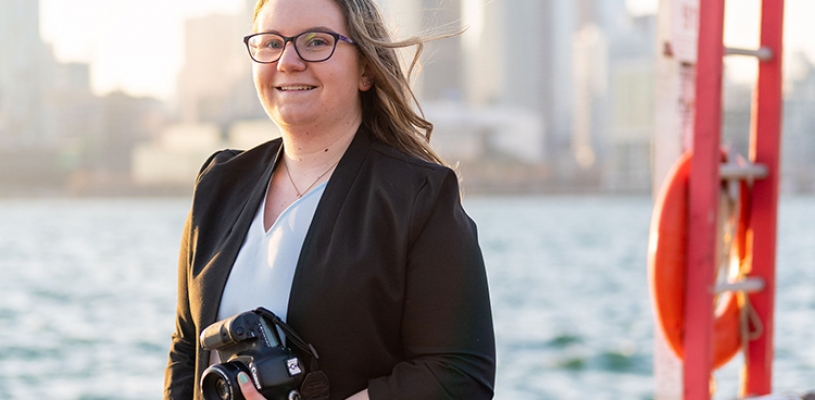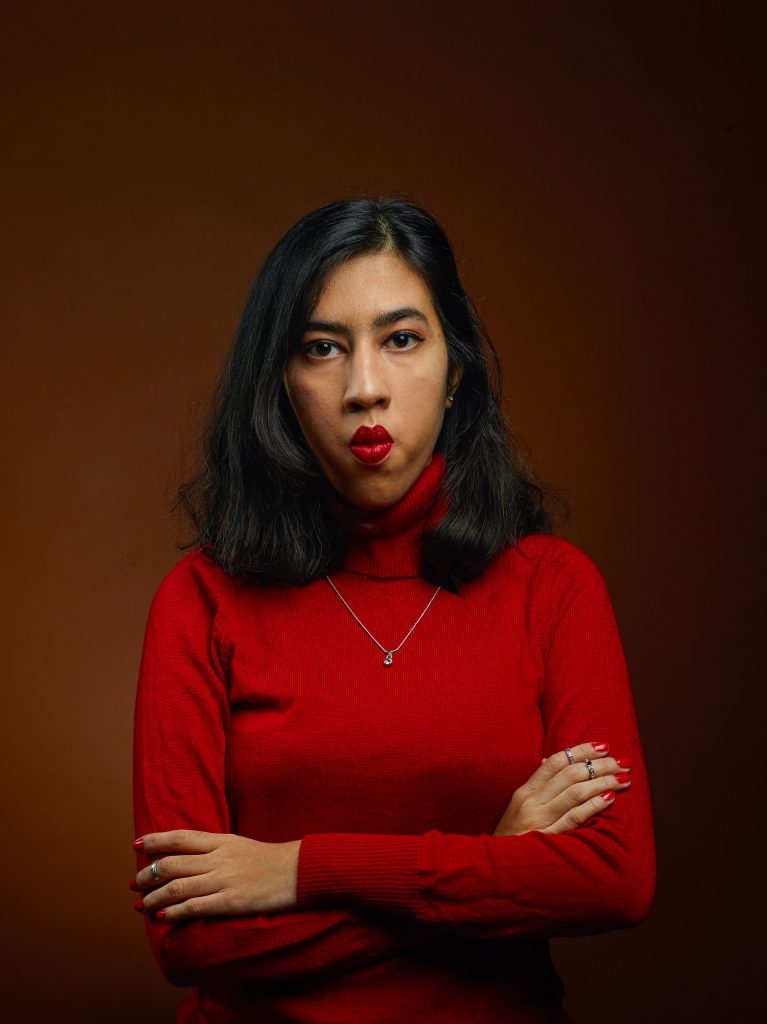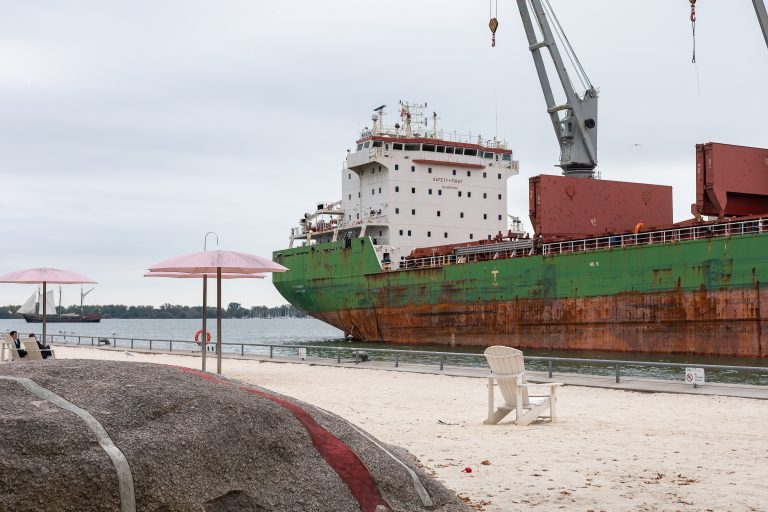A Snapshot of the Image Arts: Photography Studies Program

Ryerson has so many great, unique undergraduate programs and I wish I could learn everything about all of them. This time, I decided to find out as much as I could about Ryerson’s photography program. I had the chance to interview a fourth-year student about the program and her experience in it. Read on to learn more about this program, the non-academic requirements and what the program is like during online learning in part one of this interview series.
Jenna: Just to start off, could you just tell me about yourself? Who you are, where you’re from, what year you’re in?
Samantha: Sure, my name is Samantha Jackson. I’m in my fourth and final year of the Image Arts: Photography Studies program. I’m currently in Toronto, but I grew up in a suburb of Vancouver, British Columbia (B.C).
J: What kind of photography are you interested in?
S: I am most interested in documentary photography. I’ve been freelancing while I am in school as well, but I like documentary photography as a whole. I like meeting people and just finding out who they are, and having that challenge of trying to represent them on an image basically.

J: Can you tell me about the Image Arts: Photography Studies program in your own words?
S: It’s hard to describe, but it’s a really good program because it has a balance of theory and hands-on. You are learning about the history of art and other related topics, but there’s also a lot of hands-on elements to it. We have a production class every semester of our degree. There’s at least one class where you’re working on projects and getting feedback, which I feel like is one of the best ways to learn. It’s complemented by the other classes that we take, like learning about theory. It’s broad enough that you have the opportunity to go in whatever direction you want to, but it’s specific enough to photography that it’s not like other programs that are maybe more focused on visual art as a whole and it’s not specific to one medium.
J: That seems really cool. Can you tell me why you were initially interested in applying to this program before you started?
S: I was doing my research when I was in high school. I think it was around grade nine that I really fell in love with photography. I was like, oh wait, I can actually do this as a career, that’s really cool. I started looking into different programs and initially I thought that all of the best kinds of photography and media schools were in the United States. Eventually, I found Ryerson and it seemed like the best fit for what I was looking for because I could stay in Canada. It’s in a big city which was important to me, because I felt like that was where I was going to get opportunities for jobs and other experiences outside of the classroom. Once I found out about Ryerson, it became my number one school.
J: Awesome! So, if you remember, did you have to submit any non-academic requirements, and if you did, what were they like?

S: I had to, it’s considered what they call a Grades-Plus program, so they take into consideration your grades as well as the portfolio that you submit. The portfolio has multiple parts. I had to come up with an original series of six images with a theme that I had to choose. I had to submit six of what I considered to be my best photos at the time. I also had to write a short photo essay based on an image of my choosing that was online through a collecting institution like an art gallery or museum. You also had to submit a resumé of what you had done at that point that was relative to the program. You just put that all together and I had to submit it physically, so I had to mail it from B.C.
*Please note that non-academic requirements can change on a yearly basis and may not be exactly the same as described here. Check the Photography Studies page for the latest information.
J: How has the Photography Studies program adapted to online learning throughout the past year?
S: I think finishing off the winter [2020] semester that kind of got switched to online was a learning curve for everybody, definitely. Like what the heck is Zoom? How do we use this? All that kind of stuff (laughs) but surprisingly, I feel like the classes itself transitioning to online has been fine, especially because we’re working mostly with digital images. It’s not too hard to do. We’ve done critiques online, people have a presentation of their images and they go through it. Everybody’s missing the in-between interactions that we would normally have. We’re one of the only programs that has its own dedicated building on campus, so it’s like if you’re in the Image Centre (external link, opens in new window) it’s like you’re hanging out with your friends in between classes. It’s interactions like that you really miss. It’s harder to replicate those kinds of experiences online, but I think that the formal structure of the classes definitely has been fine.
If you want to learn even more about the Image Arts: Photography Studies program keep and eye out for part 2, coming soon. Samantha tells me about the classes she’s taken, her assignments, why she chose Ryerson and more.
Featured image credit: Jordana Petrucelli